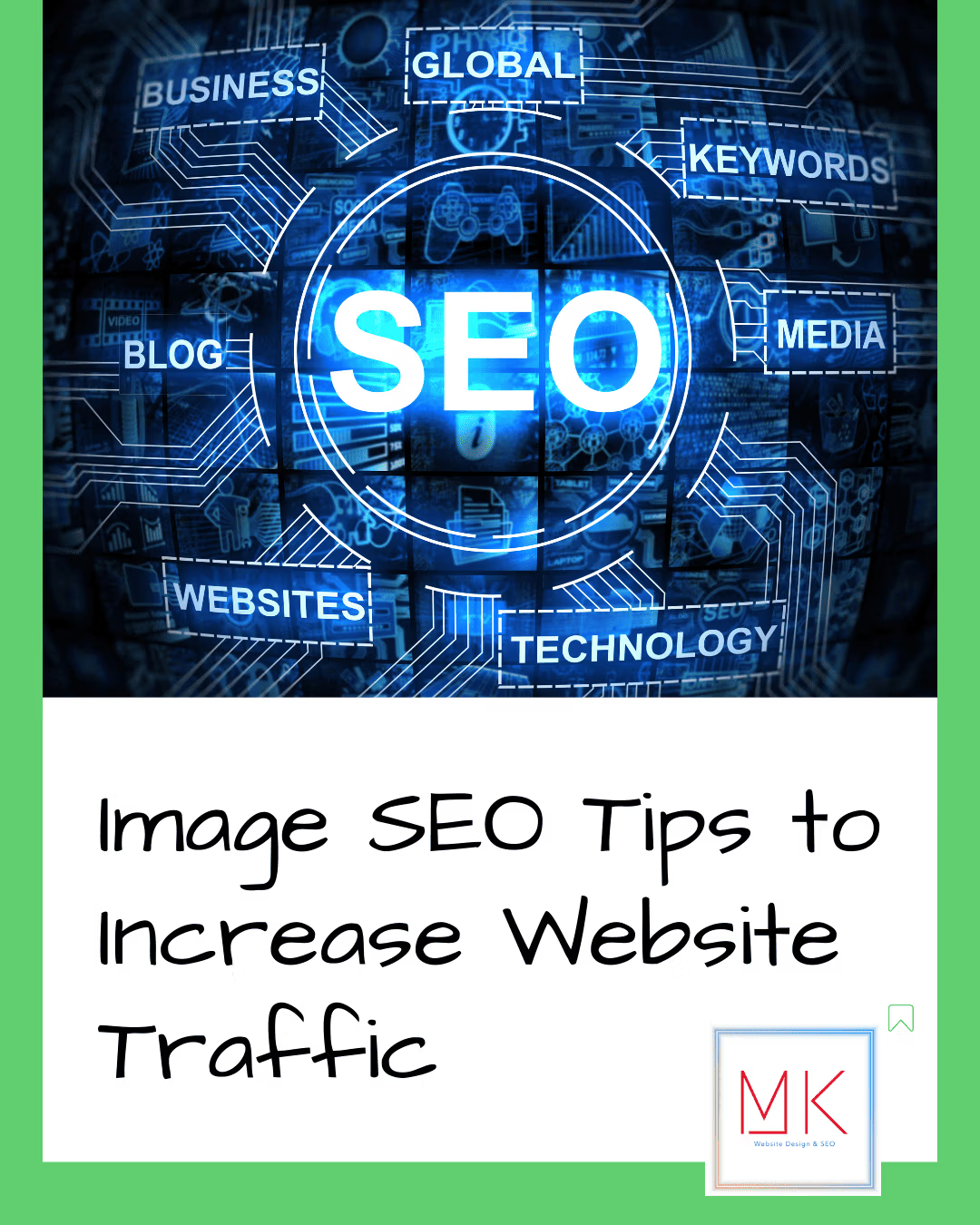Search engine optimization is significant in digital marketing. If you want thousands of visitors to your website, you will have to work on the SEO of your website and improve its ranking. There are various ways to improve your ranking. One of the most basic and essential is Image SEO. Most websites take pictures from the web and insert them on the backend of their website. This takes a significant toll on your website and affects the speed. So, search engines cannot read your images without alt tags. Without proper image SEO, you are just wasting the potential of your website.
Best Image SEO Tips
Here is a list of tricks to SEO your images and improve your website’s ranking!
1- Resize
Always ensure that the image you are uploading compliments your website. Large-size images will put a load on your website and slow down page load. It will leave a terrible impression on your clients, and they might lose interest even before seeing the website’s potential. You can resize the image using a plugin. Ensure that the image size matches the maximum width on our website.
2- Compress
Compressing your image is a better option. By compressing it, you do not affect the quality of the image. A good quality image will compliment your website and allure more potential customers. It will also decrease the load on the website page, and the search engines will be able to read it easily.
3- Use Alt Tags
Write a brief image description using alt tags. These tags will appear below your image even when the page is still loading. The description of the image will catch the customer’s eye. It is a perfect on-page SEO strategy. Search engines can read your images faster and boost your ranking through alt tags.
4- Structured Data
Structured data of your website is the information that helps search engines read it. It is favorable for your ranking as it makes your website’s visuals appear in the top searches. It allows google to give more relevant visual results to the users.
5- Titles and Captions
Appropriate titles for the images are significant. Also, ensure you use descriptive titles for your images that the crawlers can easily read. These descriptive titles should also have keywords, optimizing your website and increasing your potential customers. The use of hyphens in the title of your image is a must.
6- Mobile Friendly
Use mobile-friendly image placement on your website. Sometimes images displace when the website is open on the phone. Make sure your website appears attractive not only on the laptop interface but also on the phone. Do not place images in different places and angles. Images placed near the relevant content are appreciated not only by the user but also by search engines.
The Bottom Line
Thus, downloading images from the web and inserting them on your website will only decline your ranking on search engines. MK Marketing services can provide you with proper image SEO guidelines. It will enhance the quality of your website and improve its ranking among your competitors.













